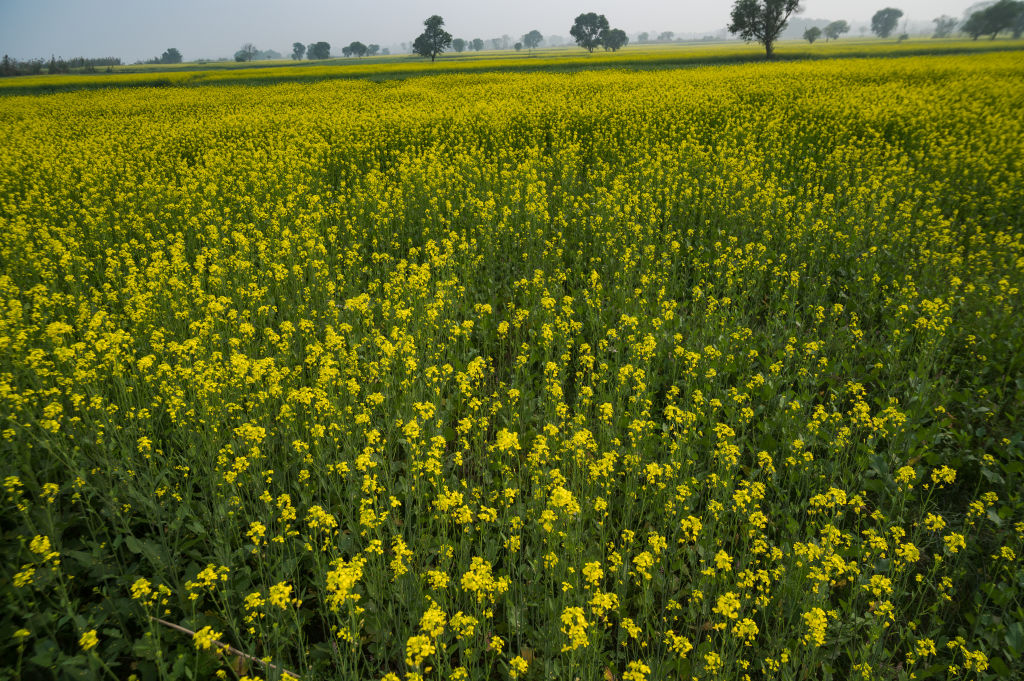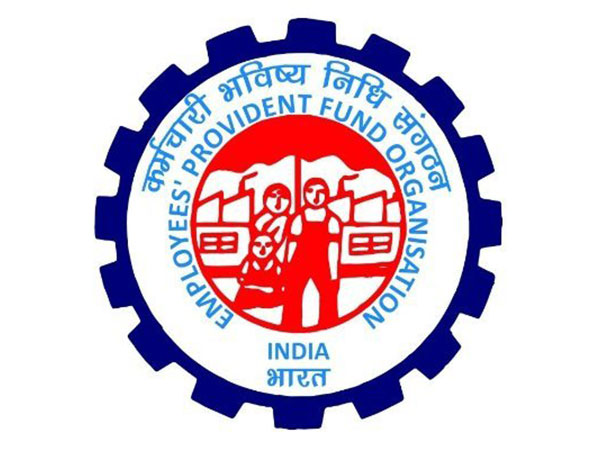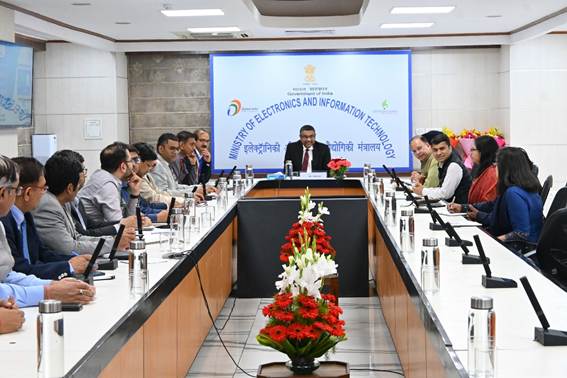The area under rabi crops in India has seen a notable increase, with a total of 655.88 lakh hectares being sown this season, compared to 643.72 lakh hectares during the same period last year, as per the latest data from the Ministry of Agriculture and Farmers’ Welfare.
Wheat acreage has risen to 324.38 lakh hectares, up from 315.63 lakh hectares in the previous year. This increase is expected to boost wheat production, with experts predicting that winter rains will further benefit the crop. Additionally, the area sown with pulses has expanded to 142.49 lakh hectares, from 139.29 lakh hectares last year. This rise in pulse cultivation will likely contribute to greater output, helping alleviate price pressures that have been contributing to inflation.
Shri Anna and coarse cereals have been planted over 55.67 lakh hectares, while oilseeds coverage stands at 98.18 lakh hectares, showing positive growth across these crops as well.
This increase in sown area comes as a welcome relief, offering the potential for higher yields of essential food commodities. The higher production is anticipated to play a significant role in reducing food inflation and supporting the broader economy. According to the Ministry of Finance’s latest economic review, food inflation is expected to ease, with cautious optimism surrounding the growth outlook for the economy. Factors contributing to this outlook include favorable monsoon conditions, increased minimum support prices, and a steady supply of agricultural inputs.
In December, India’s retail inflation rate based on the Consumer Price Index (CPI) dropped to a four-month low of 5.22%, driven by a decline in prices of vegetables, pulses, and sugar. This easing trend provides relief to household budgets. CPI inflation had previously peaked at a 14-month high of 6.21% in October but gradually fell to 5.48% in November.
–IANS




















